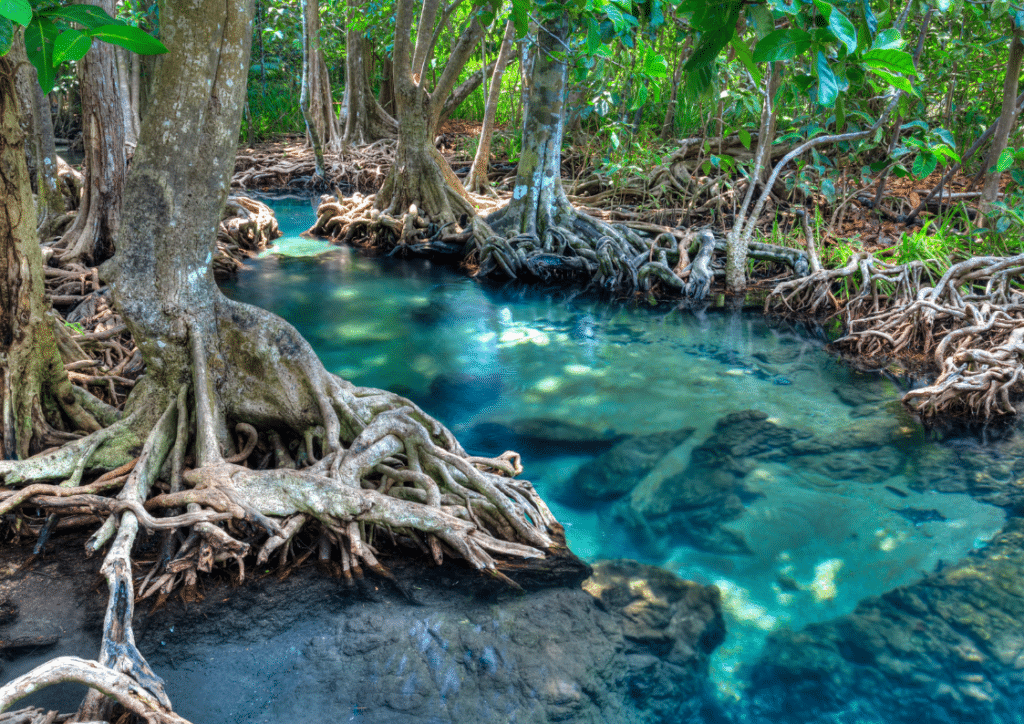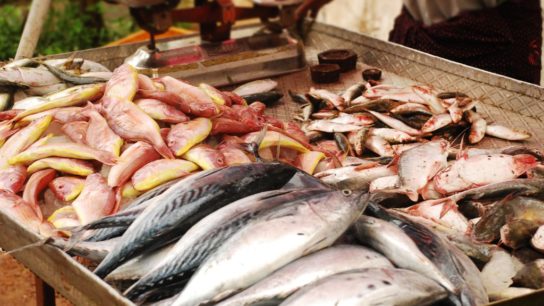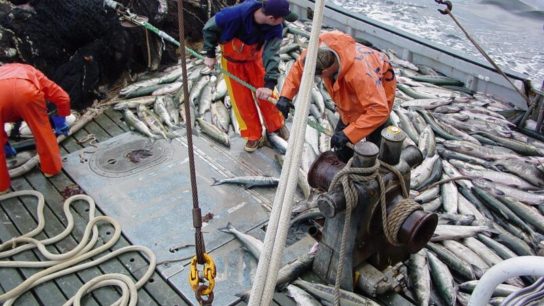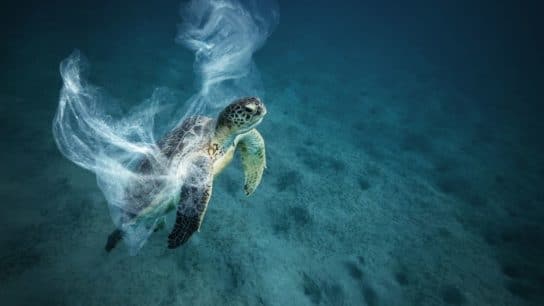Blue carbon refers to carbon dioxide captured from the atmosphere by oceans and coastal ecosystems, including various forms of carbon stored in seawater and sediments. Like forests, coastal ecosystems display how nature can be used to enhance climate change mitigation strategies. It provides great opportunities for countries to achieve their carbon emissions reduction targets under the Paris Climate Agreement, as well as coastal protection and food security for global communities.
—
Origin and Value of Blue Carbon
In 2009, the United Nations Environment Programme (UNEP), the United Nations Food and Agriculture Organization (FAO), and the Intergovernmental Oceanographic Commission of the United Nations Educational, Scientific and Cultural Organization (UNESCO) jointly released Blue Carbon: An Assessment Report on the Role of Healthy Oceans in Carbon Sequestration, which put forward the concept of blue carbon and pointed out that more than half (55%) of the carbon captured by natural ecosystems globally through photosynthesis is captured by marine organisms.
A decade later, the Intergovernmental Panel on Climate Change (IPCC) released The Special Report on Oceans and Cryosphere in Climate Change, which pointed out that blue carbon should be the primary method for natural marine systems to mitigate climate change. Mangroves, seagrass beds, coastal salt marshes and macroalgae are the four main natural carbon sinks, which capture and hold carbon along our planet’s coasts. Additionally, microorganisms, marine chemical synthetic organisms, krill, shellfish, and fish, through photosynthesis and daily activity, will absorb carbon dioxide and stored in its organic matter. This is then followed by a biological carbon pump process, which transfers carbon back into the deep ocean.

Figure 1: the schematic diagram of carbon exchange between plants, atmosphere, coastal and seawater. The red arrows indicate the carbon emissions, the green arrows indicate the carbon absorption, and the blue arrows indicate the exchange and deposition of DOC (Dissolved Organic Carbon), DIC (Dissolved Inorganic Carbon), and POC (Particulate Organic Carbon).
Blue carbon plays a positive role in mitigating and adapting to climate change. The natural mitigation measures of coastal vegetation are to protect and maintain the natural carbon pool. In other words, to reduce and stop the loss of mangrove, coastal marsh and seagrass beds caused by human factors. Natural mitigation measures can also improve the long-term (centennial scale) ability of the ocean, especially for marine life, to remove greenhouse gases. In addition, the production of biofuel or biogas as an alternative to fossil fuels through large-scale algae farming can help promote emission reduction; and by using algae to capture and store carbon, greater amounts of carbon dioxide is removed from the atmosphere. Blue carbon related adaptation mainly involves coastal physical process disturbance, ecosystem degradation and biodiversity loss.
Global Potential of the Mangrove Blue Carbon Project
It is estimated that there are 13.76 million hectares of mangroves worldwide, of which about 20% (2.6 million hectares) could be invested in carbon finance projects. The total amount of investable mangrove blue carbon will contribute to climate change mitigation, equivalent to 0.13% of global annual carbon emissions between 2002 and 2011, and 1.02% of average annual carbon emissions from “forestry and other land uses”.
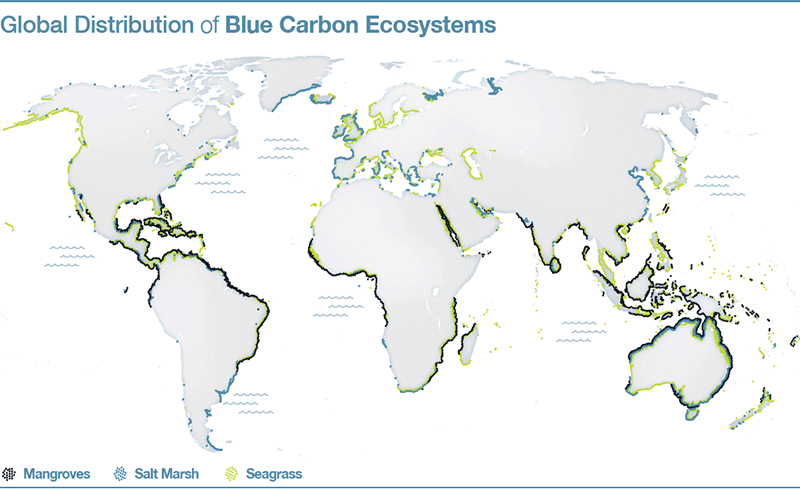
The global distribution of blue carbon ecosystems. Photo by: The Blue Carbon Initiative.
According to the Blue Carbon Initiative, the most economically viable countries for mangrove blue carbon projects are located in Southeast Asia, namely Indonesia as it is home to the largest ecosystem of mangroves on the planet. Its high mangrove population has great climate mitigation potential and stimulates the Carbon Credit Scheme. Plus, costs can be reasonably low in these parts of the world. Any future rise in carbon prices could greatly expand the range of fiscally viable mangrove blue carbon projects, their climate mitigation potential and financial returns.
China’s Development of Blue Carbon
The Mangrove Afforestation Project at Zhanjiang, Guangdong is the first mangrove carbon sink project in China that meets the certified carbon standard and the climate community biodiversity standard. The project is supported by the Department of Land and Space Ecological Restoration of the Ministry of Natural Resources, organised by the Third Institute of Oceanography of the Ministry of Natural Resources and developed in cooperation with the Zhanjiang Mangrove National Nature Reserve Administration of Guangdong Province. The project will develop 380 hectares of mangroves planted in the reserve area between 2015 and 2019 in accordance with carbon certification standards and climate community biodiversity standards, and is expected to reduce 160,000 tons of carbon dioxide emissions between 2015 and 2055. The Beijing Entrepreneurs Environmental Protection Foundation purchased the first 5,880 tons of CO2 emission reduction issued by the project to neutralise the carbon emissions of the organisation’s environmental activities.
You might also like: Blue Carbon Credits Emerge as Potential New Market for Global Sustainability








